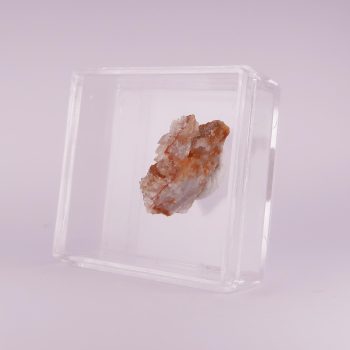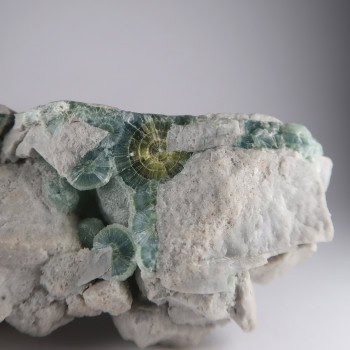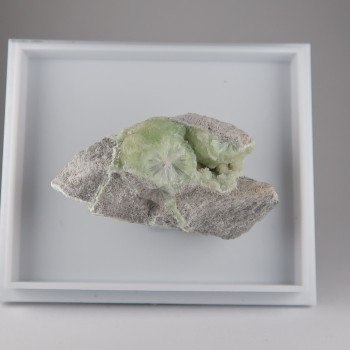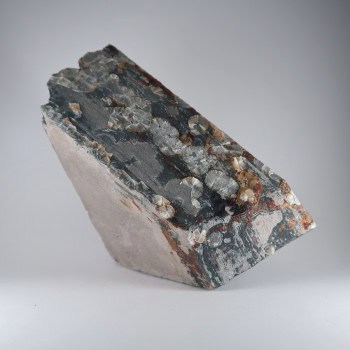Wavellite
Wavellite is a radiating mineral popular with collectors due to its gorgeous crystalline forms.
It is typically a mixture of shades of green to yellow-green, although some specimens are colourless, white, or brown.
Showing all 4 results
-

Wavellite from Beauvoir quarry, France
£5.00 -

Wavellite from Dug Hill, USA
£50.00 -

Wavellite specimens from Arkansas
Price range: £7.50 through £15.00 -

Wavellite specimens from High Down Quarry, Devon
Price range: £3.00 through £75.00
Appearance, Uses and History
Wavellite is named after William Wavell, who discovered the mineral in a quarry in Devonshire, UK.
It is a classic radiating mineral – if not ‘the’ radiating mineral.
It is a bit of an odd one for collectors; typically, serious mineral collectors will aim to exclusively purchase undamaged, perfect specimens. However, when the spheres and balls of Wavellite are intact, the radial structure inside cannot be seen.
At least one spherule needs to be fractured in order to see the amazing radial habits of this mineral.
Wavellite is generally used purely for mineral specimens, although in some cases, it is cut en cabochon for jewellery usage.
Locales
Wavellite specimens have been found in Australia, Belgium, Bolivia, Brazil, Czechia, France, Germany, Ireland, Mexico, Poland, Portugal, Romania, Spain, the UK, and the USA.
Personally, my favourite locales for this material are the UK and the USA.
Mineralogy
Photos of Wavellite
Hazards and Warnings
Almost all rocks, minerals (and, frankly, almost all other substances on earth) can produce toxic dust when cutting, which can cause serious respiratory conditions including silicosis.
When cutting or polishing rocks, minerals, shells, etc, all work should be done wet to minimise the dust, and a suitable respirator or extraction system should be used.
Translations
Arabic:
Hindi:
Portuguese:
Bengali:
Indonesian:
Punjabi:
English:
Italian:
Russian:
- Вавеллит
French:
Japanese:
Spanish:
- wavellita
German:
- Wavellit
Korean:
Thai:
Gujurati:
Mandarin and Traditional Chinese:
- 銀星石
Urdu:









